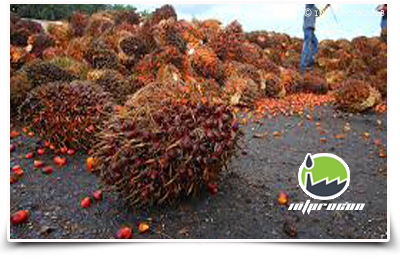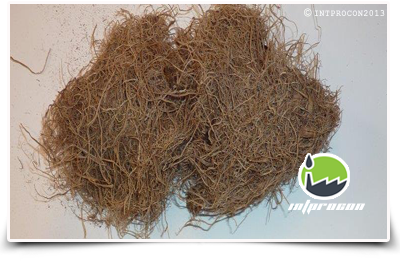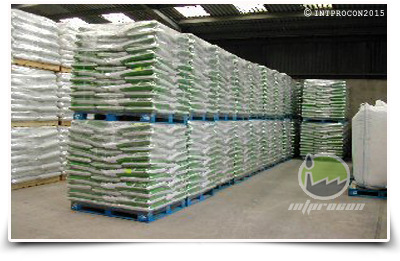WASTE PALM PROCESSING PLANT
General information
World agricultural production can produce biofuels almost of any product that is discarded, such as the conversion of biomass into wood pellet plants, rice husk plants or sugarcane bagasse plants. Oil palm and wood waste are two more sources of abundant biomass. The materials are collected mainly from rice mills, sugar and palm oil mills, and wood processing industries, respectively.
As the granulation of biomass gains popularity, the wood pellet manufacturing industry worldwide is well established. The growing global demand for wood pellets, especially in the Asian market, stimulates the wood pellet manufacturing industry or briquettes.

MOST SIGNIFICANT BENEFIT OF THE PROCESS
From the processing of the Oil Palm and from an energetic point of view two important biomasses take place that in many cases are considered waste:

Both biomasses are characterized by having a high content of Cellulose, Hemicelluloses and Lignin. In spite of the potential that both have to be converted into Fertilizers, its potential for the generation of Caloric and the generation of electricity is also known.
From a nutritional point of view both products have certain characteristics that make them interesting for bovine goats, and sheep animal feed, due to their high energy and fiber content, even with limited inclusions. The end product is known as Palm Cake or Palm Kernell Cake (PKC) with protein contents higher than 18%.
If you need more information about our solutions
Fill out the form and we will assist you as quickly as possible.

In order to transform them into a product that can be reused, the moisture must be reduced considerably, and the particle size must be reduced, in order to increase the energy density. This process combined with a biomass pelletizing line generates a product that can be used in electric generation or heat and an excellent ingredient for animal feed.
